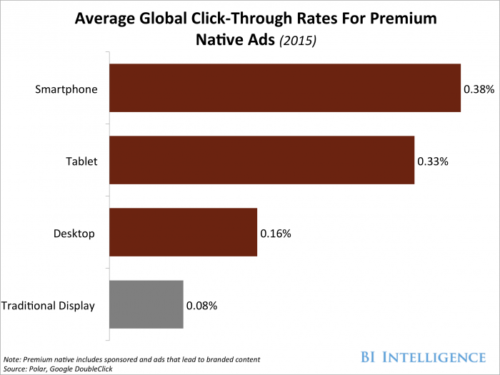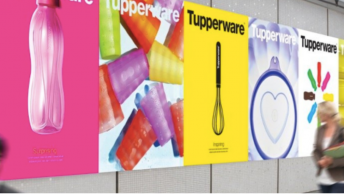There comes a time in every brand’s lifecycle when it needs to go from being just another highly advertised brand to becoming the most preferred brand. However, the road to the top is full of pitfalls. There are a few simple steps you can take to minimize those pitfalls and become a household name.
If you want your brand to become a household name, you’ll need creativity, passion, hard work, and patience. Remember, Google didn’t become a household name overnight. The bottom line is, it can take months or even years to rise to superstardom in your niche.
Fortunately, with the emergence of the Internet and social media, making your voice heard across a wide range of audience is comparatively easier. In fact, there are a few effective ways of turning your brand into a household name.
Read on to learn how to make your business a household name without a million dollar budget.
3 Things a Brand Can Do to Become a Household Name
1. Gather the Right Information about Your Niche
Your marketing strategy will be the backbone of your efforts to make your brand a household name. From determining where to advertise for increased exposure to figuring out what features your brand should focus on, everything will be decided by how well you know your niche. So, the first thing you need to do is to understand where the industry is right now.
Determine What Appeals to Your Target Audience
Though some of this information will be obvious, you may have to dig a little deeper to understand what appeals to your target audience.
If your brand offers something unique that others don’t, it will become a household name in no time. For example, several search engines existed in the market before Google entered it. But, Google became a household name because it offered something others couldn’t, a faster and clutter-free search engine. Its powerful algorithms also deliver better search engine results at lightning speed.
Research Thoroughly
Without thorough research to back your marketing strategy, your business can be wasting a lot of money, effort, and time. So, try to gather as much information about your industry and your competitors to maximize the positive outcome of your branding efforts.
By getting to know your market, you can directly connect with your target audience, address their concerns, and find new uses for existing products or services.
2. Focus on Social Media
When it comes to the digital realm, mastering social media is perhaps the best way to making your brand a household name.
As it happens, a significant number of your customers are already on different social media channels, as are other businesses and your competitors. According to Social Media Examiner,
96% of small business owners/marketers use social media marketing, and 92% of those agree or strongly agree with the phrase, “Social media marketing is important for my business.”
So, if you don’t focus on social media, you are missing out a huge opportunity for turning your brand into a household name.
Focusing on social media marketing is important because it also allows you to connect with more customers across a wide range of demographics. With 78 percent of Americans having a social media profile, chances are, a potential customer may hear about your brand for the first time on a social media channel.
A carefully-planned social media marketing strategy can prove helpful in creating a loyal brand following.

Here’s how to find your target audience:
- To find your target audience, you should categorize them into different demographics based on location, budget, and their needs.
- Next, you must learn how your product or service is going to change their lives.
- Usually, your target audience includes two types of people: those who will buy your product and the ones who will influence others into buying your product. The latter are known as social influencers.
- One of the easiest ways to find your potential customers is to discover which audience your competitors are targeting.
3. Master Native Advertising
A native advertisement is nothing but a paid advertisement acclimatized to the design, content and user experience of a particular social media page.
Though native advertising is a paid marketing channel, it can be effectively disguised as organic content. It can include articles, infographics, videos, and adverts among other types of media.
Higher Engagement with Native Advertising
The aim of native advertising is to provide the target audience with helpful and entertaining information to encourage emotional engagement. Unlike paid advertisements, native advertisements do not interfere with the user experience. That’s why they can see higher engagement than traditional adverts.
The average click-through-rate (CTR) for native adverts was more than 4X higher than the average CTR of traditional advertisements in 2015.

Shareability is also one of the biggest advantages of native advertising. The more shares your adverts gets, the quicker your brand becomes a household name in your niche. This is the perfect way to drive more engagement in a world where consumers are tired of paid advertising.
Conclusion
In the digital realm, fifteen minutes fame will not help your brand become a household name. It takes a lot more than just a million-dollar budget to turn your brand into a household name.
From staying on top of industry trends to exploiting new marketing tools such as native advertising, there are a few ways to get maximum exposure for your brand. Hopefully, the above tips will help you figure out what works for your business and stay laser-focused.
What are some effective strategies to get a brand on track to becoming a household name? Let me know your thoughts in the comments.











